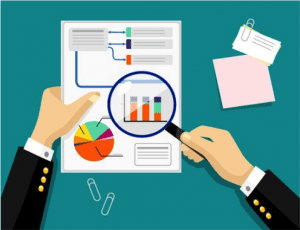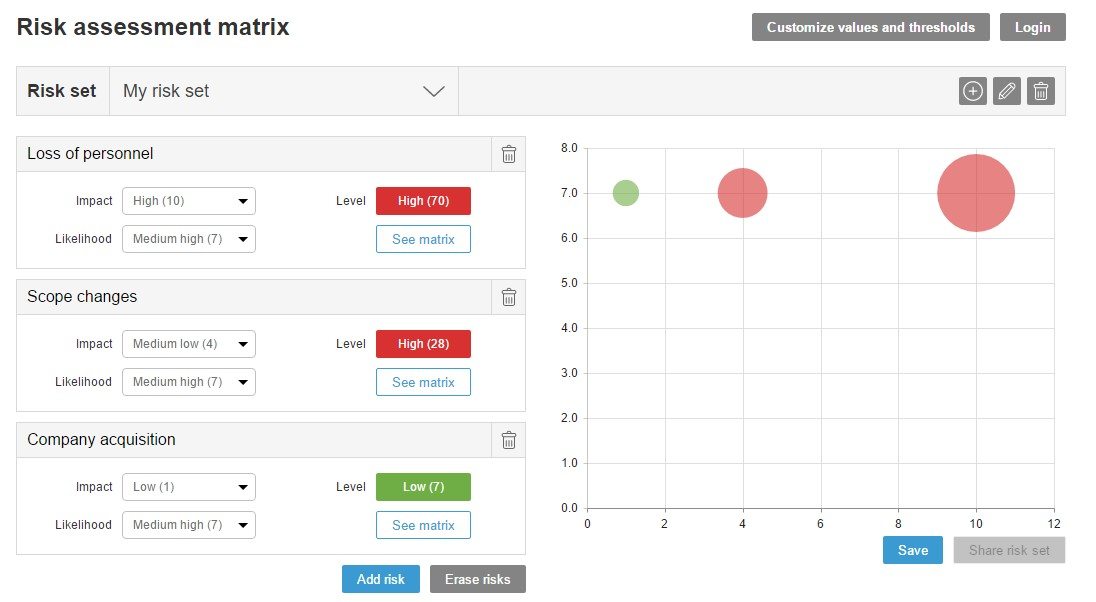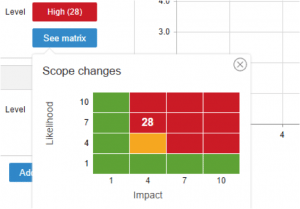
The existence of risk is inherent in absolutely everything we do in life. All activities are subject to some degree of uncertainty.
Risk in project management can be defined as a change in the market environment or the product, that may influence its development.
When implementing a project, no matter how well planned and well organized, there is always a certain margin for error, we can call this the level of risk within the project.
The impact a risk has on a project should not necessarily be detrimental to the project. If preparation is done correctly then managing these changes will be straightforward and thus the consequences on the outcome of the project will be minimal.
If we are able to react adequately to this risk, we can benefit from it and improve our product, our sales or customer satisfaction.
Therefore, the best way to reduce risk exposure is proper planning. When planning, the risks should be addressed from a realistic perspective which allows you to understand them and put into place action plans if they do arise. You should never ignore the existence of the risks, they could be detrimental to your project, and hence they must be controlled.
In order to properly assess the risk exposure within your project, you may find it helpful to use a specialized software. At ITM Platform we offer you a new free risk assessment matrix tool online that allows you to create risk sets in a simple, graphical and intuitive way. You can quickly and easily plan your risks, allowing you to reduce uncertainty in your projects while focusing more of your attention on other tasks.
Good planning is essential, so that the project manager and the company as a whole know how to respond to the emergence of risks. Proper risk management can convert potential weak areas into strengths. In Japanese, the word crisis is formed from the words: "danger" and "opportunity".
The Project manager should be able to turn risks from potential dangers into opportunities.
What are the main sources of risk?
Scope risk
Throughout the development of a project, its scope may change. A project will grow in complexity as customers add new requirements and this may extend or modify the scope. Such changes are common since the product must meet the needs of the market which is constantly changing.
Planning risk
The reasons why a project may not develop as initially planned may not necessarily be the mistakes of the development team, but may be due to external circumstance.
Delays in the supply by an external provider, an accident or any other unforeseen, uncontrollable circumstances, can alter the initial plan. Therefore, proper planning should cover all possible scenarios and the probability that a scenario will arise, such that the resulting impact will be minimal. In this case it can be very useful to develop a risk assessment matrix.
Resource risk
The resources that are available during the course of a project can also fluctuate. Although initially budgetary resources are a defined amount, it is possible that during the project development the economic situation of the company may change due to external factors such as the market or macro economy.
In these circumstances, the project manager will have to do what they can with whatever budget is assigned, eliminating those tasks that contribute less to the project whilst trying to ensure an outcome that meets the minimum requirements necessary for the project to be successful.
On the other hand, human resources may also experience changes. The staff starting a project may not necessarily be the same as the staff who finish the project. In addition, new members could potentially join the team during the project, and therefore will take some time to adjust. This will, at least temporarily, lower the efficiency and productivity.
Technological risk
Using software and other utilities inadequately, could lead to a decrease in your productivity. If there are technological problems, this will delay or hinder the delivery of your projects.
To avoid such problems, we put at your disposal a leader in project management software. So, at least for this part, you can breathe easy.
Once you know the source of risks that may occur during the execution of your project, it will be easier to identify them and include them in your planning. Which will allow you to develop contingency plans to remove, transfer, mitigate or, if no other choice, accept them.
With these techniques, you can rest assured that the risk management of your projects will be successful, and the impact to your company will be minimal.
At ITM platform we understand the business world perfectly, because leaders of various sectors use our project management software.
Try it out and discover what it can do for you:
https://www.itmplatform.com/en/projects-programs-portfolio-subscription/
Top 5 most read blogs on ITM Platform:
The Monte Carlo Method in Project Management
Three disastrous project management failures
The project in the face of adversity: what should a project manager do?
What is the Virtual Sock Management or Periodical Online Management?



 Obviously, one of the most fundamental tasks of the project manager is to resolve project issues as they arise.
Obviously, one of the most fundamental tasks of the project manager is to resolve project issues as they arise.

 Let’s face it, even if you have the utmost confidence that
Let’s face it, even if you have the utmost confidence that 

